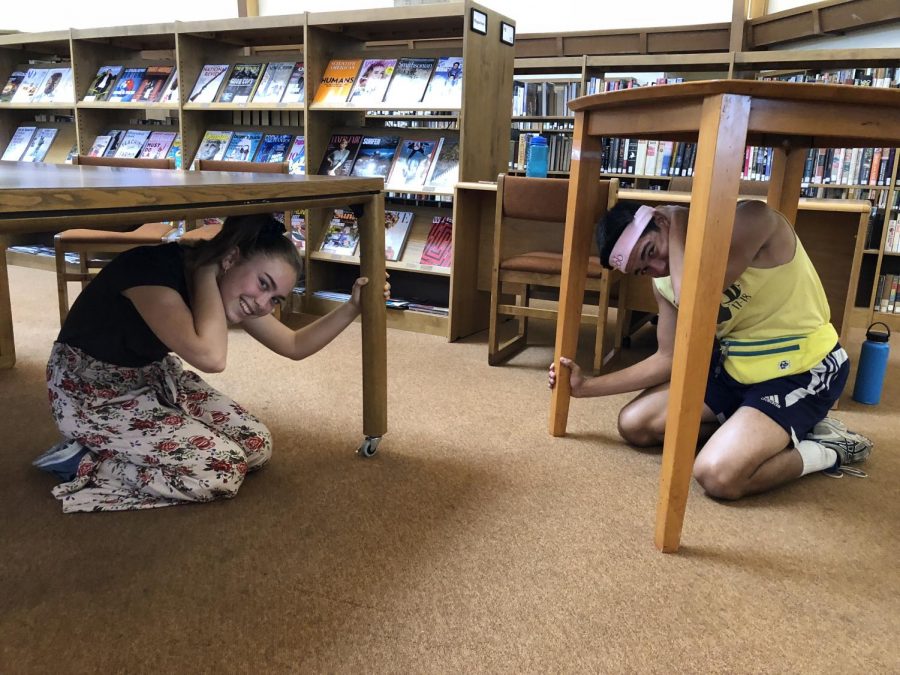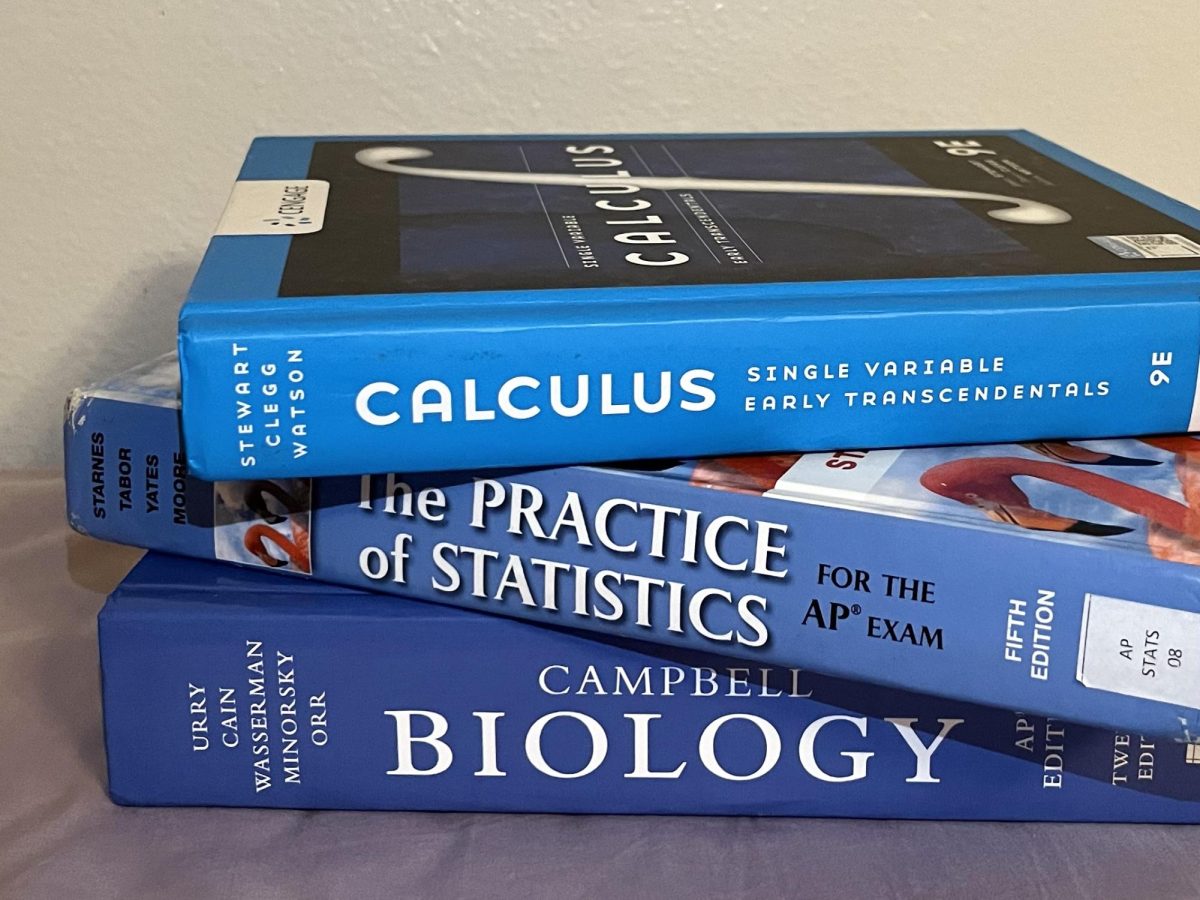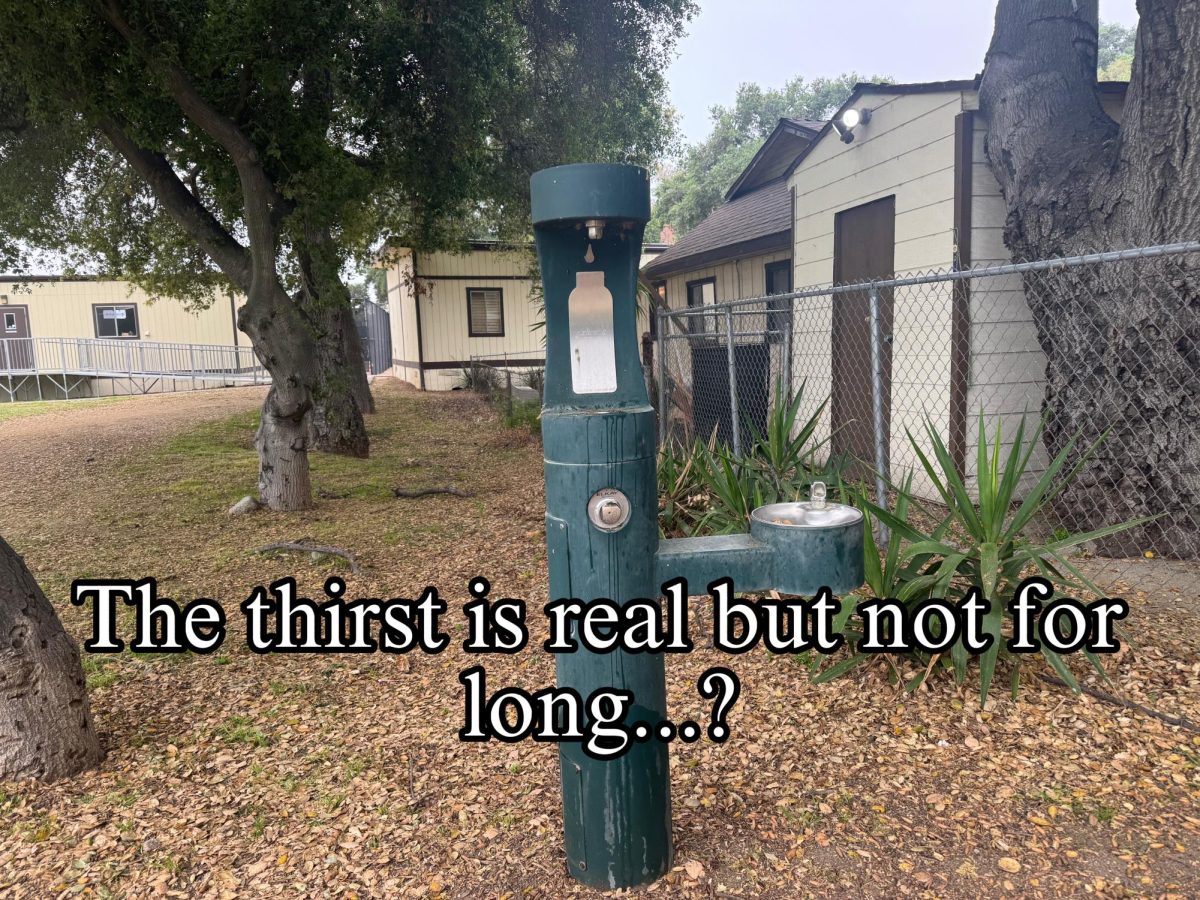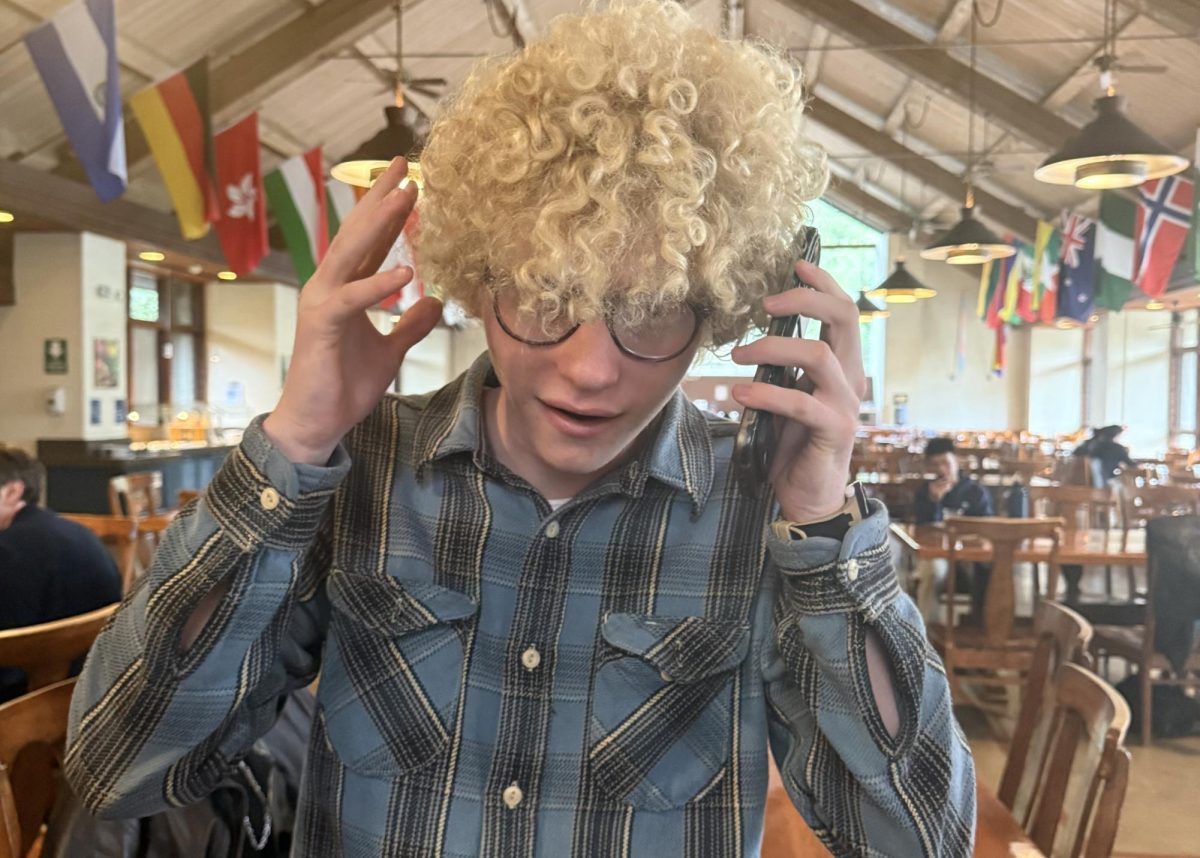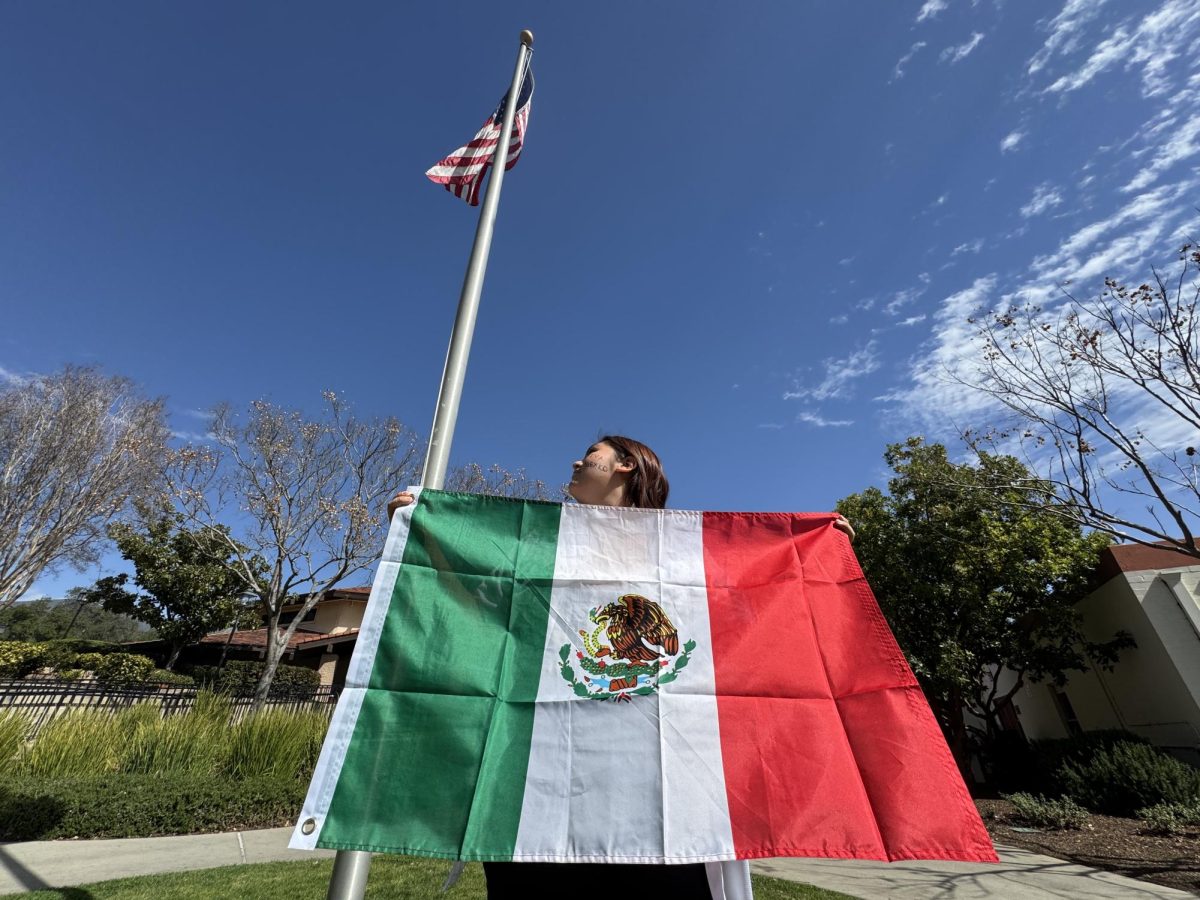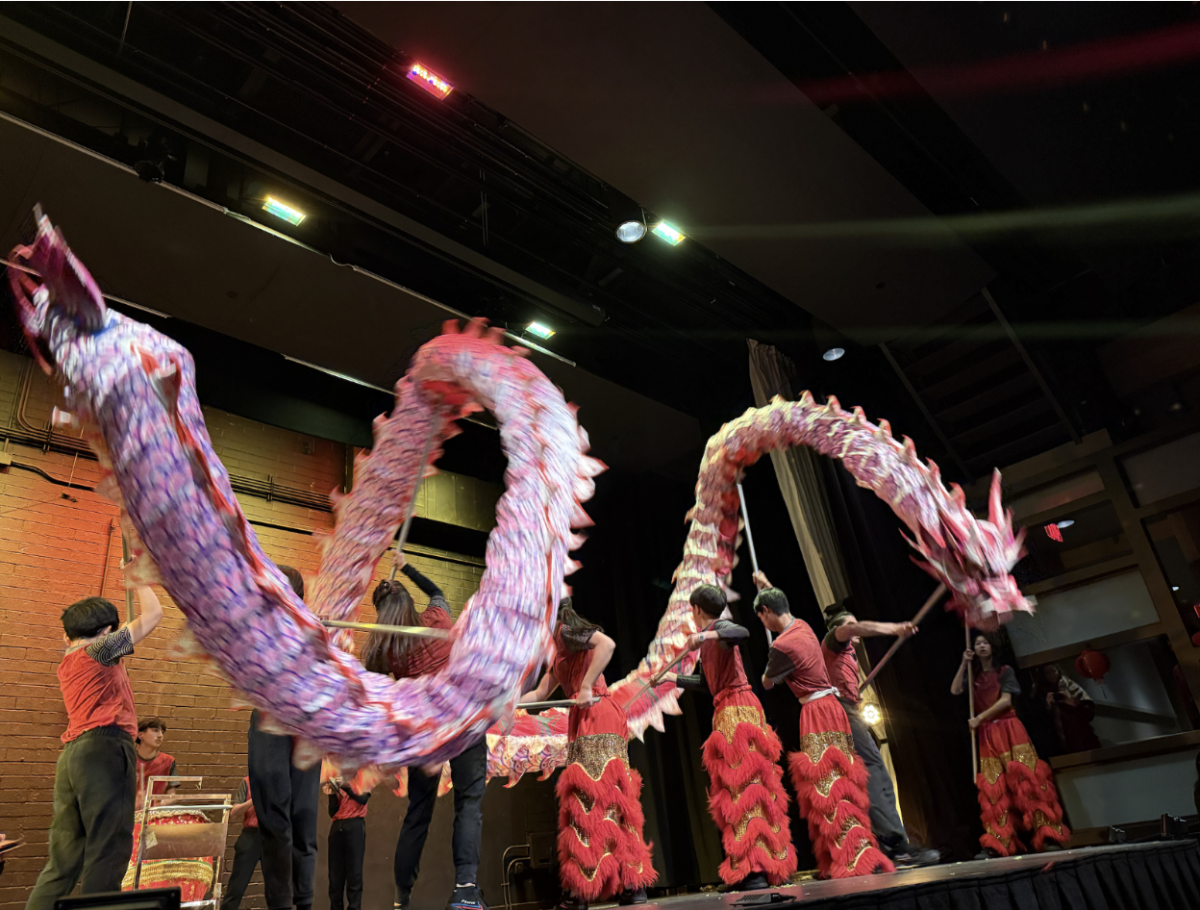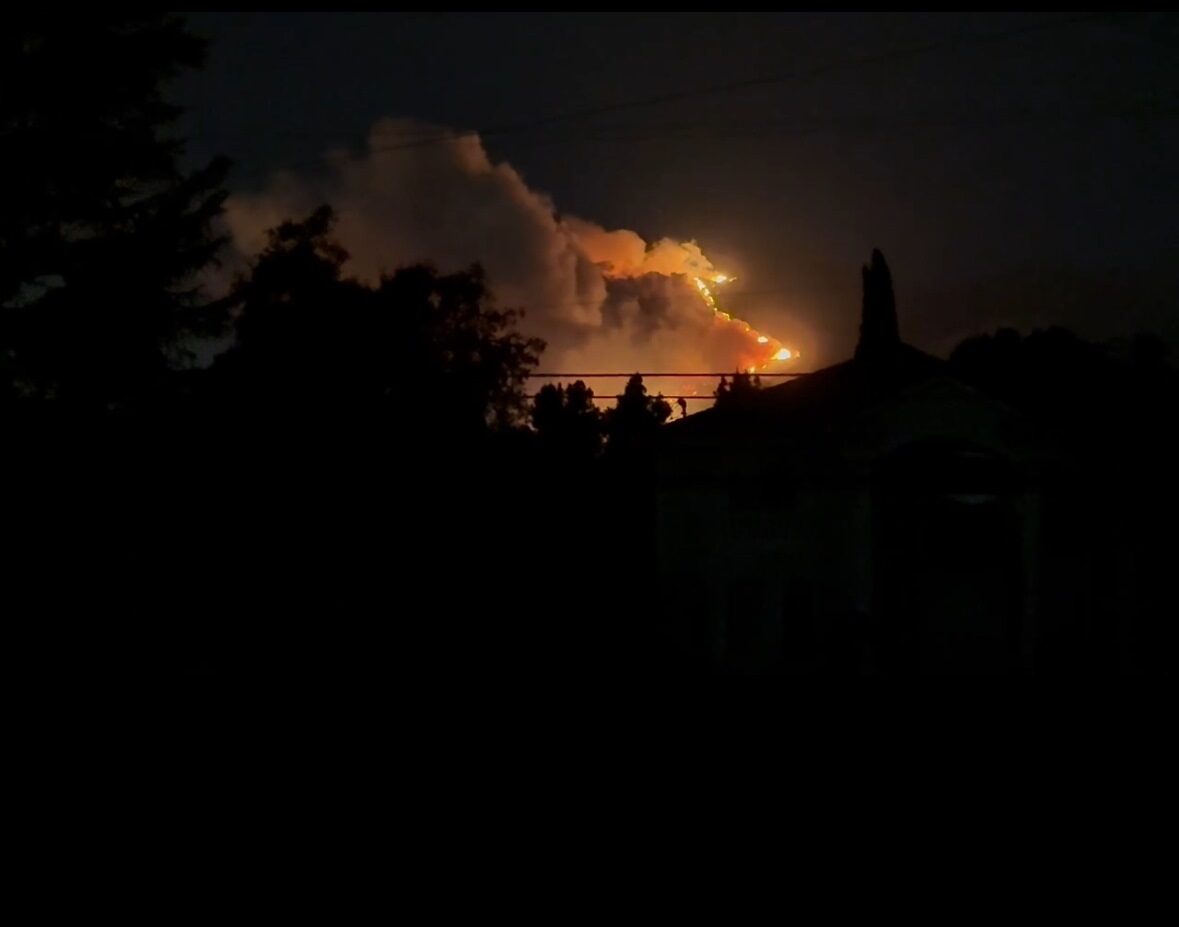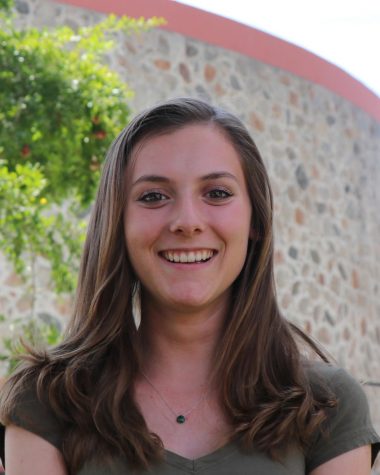On August 27th at 7:33 p.m., a 4.4 magnitude earthquake struck Southern California. The epicenter was located three miles north of La Verne, according to Quakebot, and it was felt as far as 40 miles away. It shook up the Webb campus for a few seconds, followed by a 3.4 magnitude tremor about a minute later.
Chris Haliburton (‘20) said, “The windows started rattling and I was in shock. I thought it was the big one, but it wasn’t.” Many Webbies were concerned that this earthquake was the fated “big one,” since California is overdue for an enormous earthquake. California is renowned for having a multitude of earthquakes since it lies on the “Ring of Fire” seismic fault line.
This earthquake was a first for several Webb students. “I’ve only read and heard about earthquakes on social media before, so it was definitely a new and shocking experience for me,” said Ashley Fu (‘20). “The actual earthquake was a lot different than I imagined, and I didn’t even realize it when it was happening.” The only consequence of this earthquake, other than confusion, was some broken glass; fortunately, no one was hurt.
After shocking events like earthquakes, leaders at Webb have to take on greater responsibilities in order to account for everyone’s safety. Kate Guernsey (‘20), a dorm councillor in North Hutch, commented, “I had to check in with people after the earthquake. I really appreciated how they all used common sense and stood still while we counted them off. The post-earthquake protocol was fast, straightforward, and efficient.”
Some key instructions to remember during/after an earthquake include:
- Drop to the ground and find cover under a sturdy table or desk.
- Stay away from furniture that could fall on you.
- Stay inside until the earthquake is over.
- Remember that aftershocks are common…even if it seems like the shaking has stopped, be patient.
For more information, you can read this National Geographic article on earthquake preparedness.


